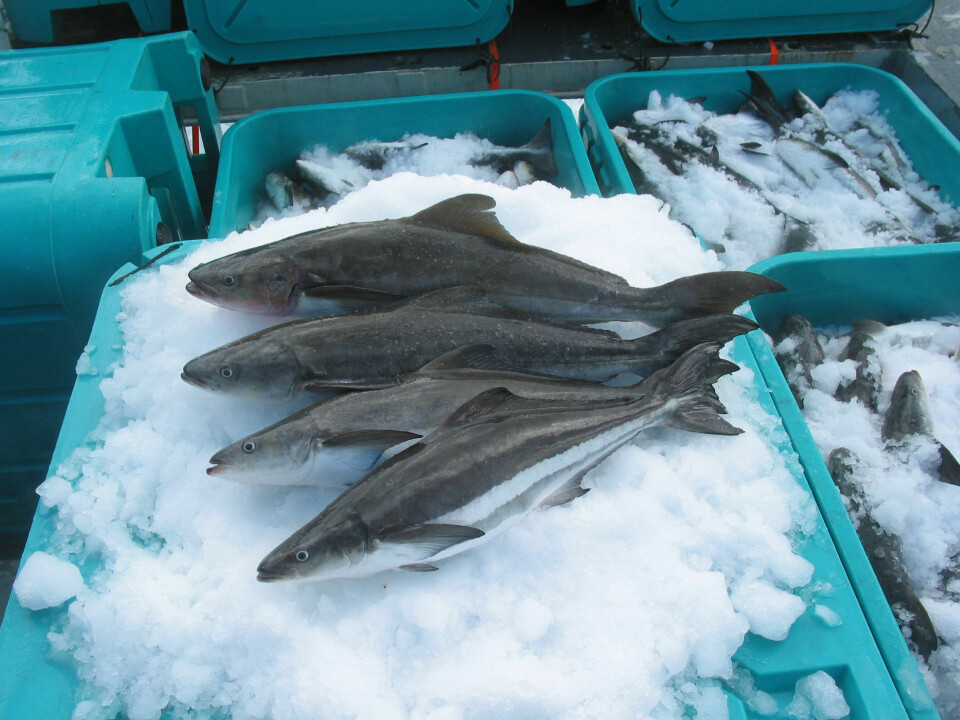
Tuna farming getting closer?
The bluefin tuna recently escaped being classified as “endangered” by the US National Oceanic and Atmospheric Administration (NOAA), but ended up being a “species of concern”. NOAA scientists still have concerns about the fish, and they will revisit the status of the species in early 2013, according to a recent article in The Miami Herald. The paper quotes staff attorney for the Center for Biological Diversity’s oceans program, Katherine Kilduff, saying that “tuna populations have fallen 80 percent in the past 40 years”.
In a separate article, the paper suggests that the technology for artificially reproducing and farming various species of tuna is advancing rapidly;
That seared, sushi or blackened tuna on your plate may be cheaper sometime in the future because of the work of a group of aquaculture scientists at the University of Miami's Rosenstiel School of Marine & Atmospheric Science on Virginia Key in Florida. Led by Dan Benetti, director of the school's fish-farming program, the researchers are poised to be first to raise blackfin tuna successfully in a tank — a major step in proving the commercial viability of farming tuna species worldwide. "The first and only blackfin aquaculture facility in the world," Benetti pronounced. "We are using this as a model species for developing techniques for tuna aquaculture."
But first, the scientists have to get some of the 100 or so silvery-black footballs swimming around in their tanks to spawn successfully. "Any day now," Benetti said confidently. "We have got their number." Success in growing tuna on fish farms has been halting at best. But efforts continue because of their nutritional and monetary value. Benetti said blackfin is a good starter species because it's tasty, compact and fairly easy for the researchers to catch, especially in spring. "Tuna is the holy grail," Benetti said. "I think we will demystify tuna. The future of tuna is mass production so everyone will have access to it, and it will be a staple."
Benetti and his research assistant, John Stieglitz, started working on blackfins about 18 months ago, catching them locally on rod-and-reel and transporting them in large live wells back to the experimental hatchery. Many tuna didn't survive the boat ride. But the ones that did were coddled and fed squid, silversides, sardines and a special mix of vitamins and minerals. Now Benetti and Stieglitz are trying to condition them to spawn by manipulating light, food and water temperature.
If anyone can do it, Benetti can, according to Ralph Turingan, a professor of marine biology who works in the aquaculture lab at the Florida Institute of Technology in Melbourne. "He's one of the best in this line of work. I have huge respect for him," Turingan said. "Tunas are not that easy to raise in captivity. To get them to adapt to a captive environment is impressive. There's a huge potential for stock enhancement and food production."
One of Benetti's biggest successes has been with cobia. Over the past decade, Benetti and colleagues have mass-produced the hefty brown fish, which they sell by the hundreds of thousands of fingerlings to open-ocean growers in Panama, Belize, Colombia, and Eleuthera in the Bahamas. The young cobia can't be grown in U.S. waters because of federal restrictions on offshore aquaculture. When the fish reach 8 to 12 pounds, a U.S. seafood buyer distributes them to markets and restaurants around the country. Benetti said the cobia project pays for itself






















































